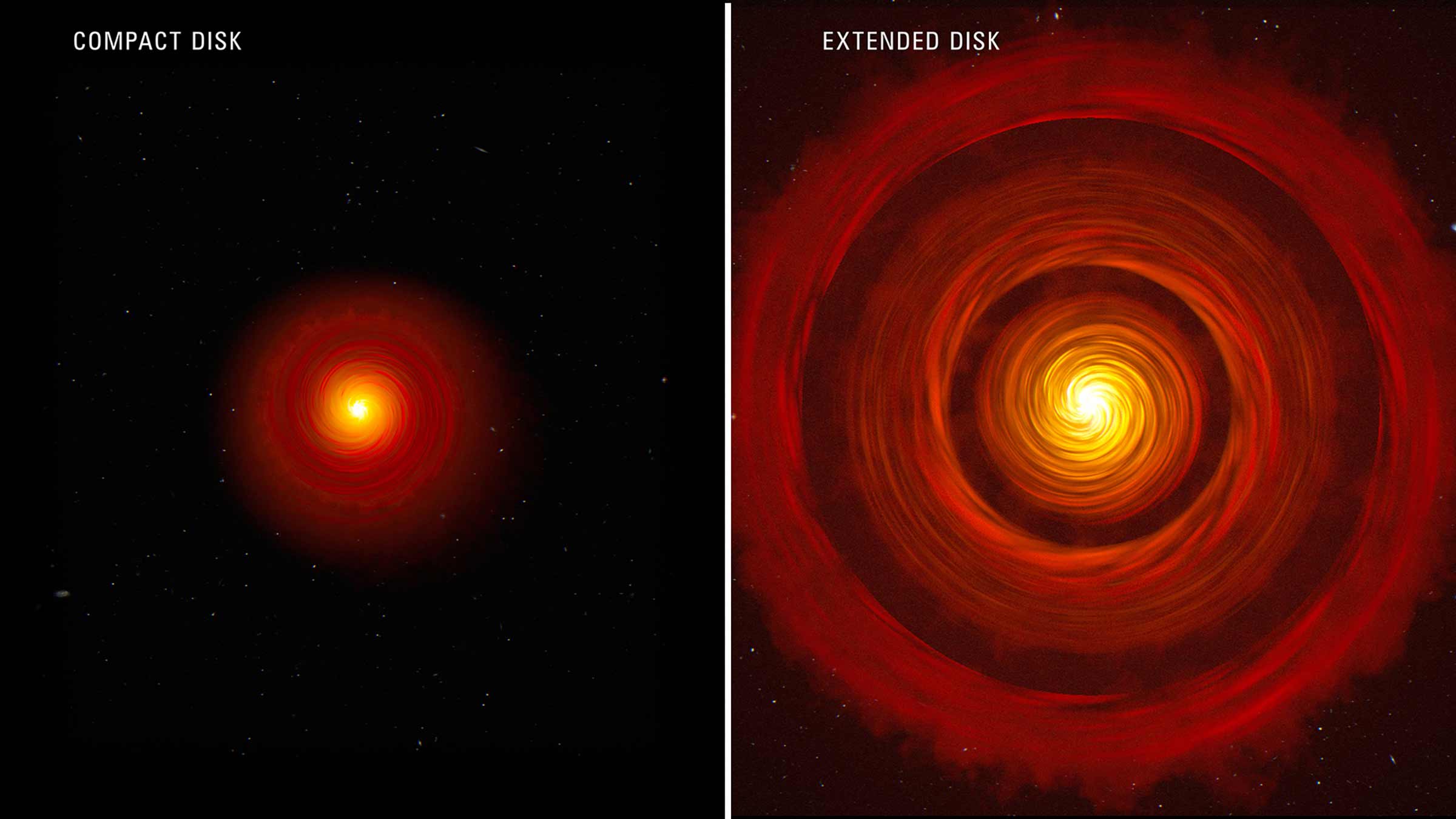Vassar Prof on NASA Team That Makes Discovery on How Planets Are Formed
A Vassar astronomy professor is part of a team of scientists that has made a breakthrough discovery revealing how planets are formed, NASA has announced.
Colette Salyk, Associate Professor of Astronomy and Chair of Physics and Astronomy on the Maria Mitchell Chair, is one of more than 20 astronomers from North America, Europe, and Asia (known as the JDISCS team) analyzing data on planet formation that is being collected from the James Webb Space Telescope, which was launched in 2021. “One of our goals is to find young planetary systems that can form Earth-like planets,” Salyk said. “We’ve been gathering data for about a year and are focused on understanding how the chemistry in planet-forming regions influences the types and compositions of planets that eventually form.”

Scientists have known for some time that solar systems are formed from large “proto-planetary disks” that orbit stars. The Webb telescope has provided this team data from four such disks. During the early stages of planet formation, Salyk explained, icy pebbles about a centimeter in diameter are expected to move from the cold outer reaches of the planetary systems towards the warmer planet-forming regions, releasing water vapor as they heat up. Data from infrared light detected by the James Webb Space Telescope enabled Salyk and other members of the team to observe this transported water vapor in two of the disks—the two that also show evidence for the movement of pebbles. “This shows us that water can move around in planet-forming regions, carried by these pebbles. It was exciting for us to be able to confirm a theoretical idea that required the sensitivity of a telescope like JWST to actually see in action,” she said.

The JDISCS team will continue its work by analyzing dozens more disks in its sample to better understand planet-formation chemistry. “There’s still a surprising amount of uncertainty about why planets are so different from each other, and whether Earth-like planets are likely to be unique or common,” said Salyk. “We’re looking forward to seeing what JWST can tell us about the formation of planetary diversity.”
About the James Webb Space Telescope
The James Webb Space Telescope is the world’s premier space science observatory. Webb is solving mysteries in our solar system, looking beyond to distant worlds around other stars, and probing the mysterious structures and origins of our universe and our place in it. Webb is an international program led by NASA with its partners, ESA (European Space Agency) and the Canadian Space Agency.